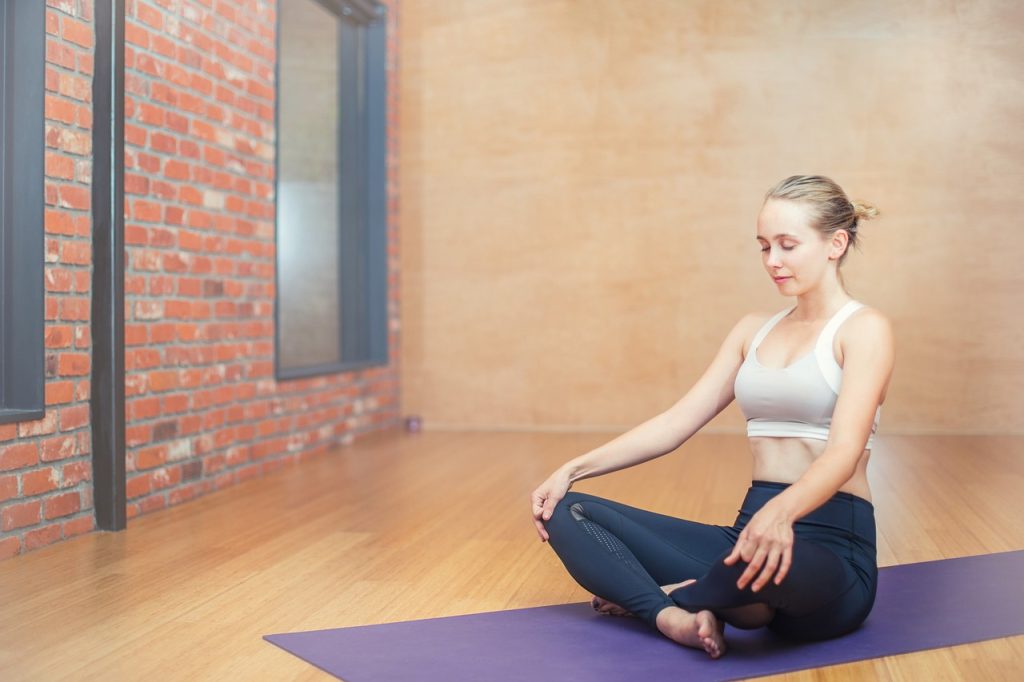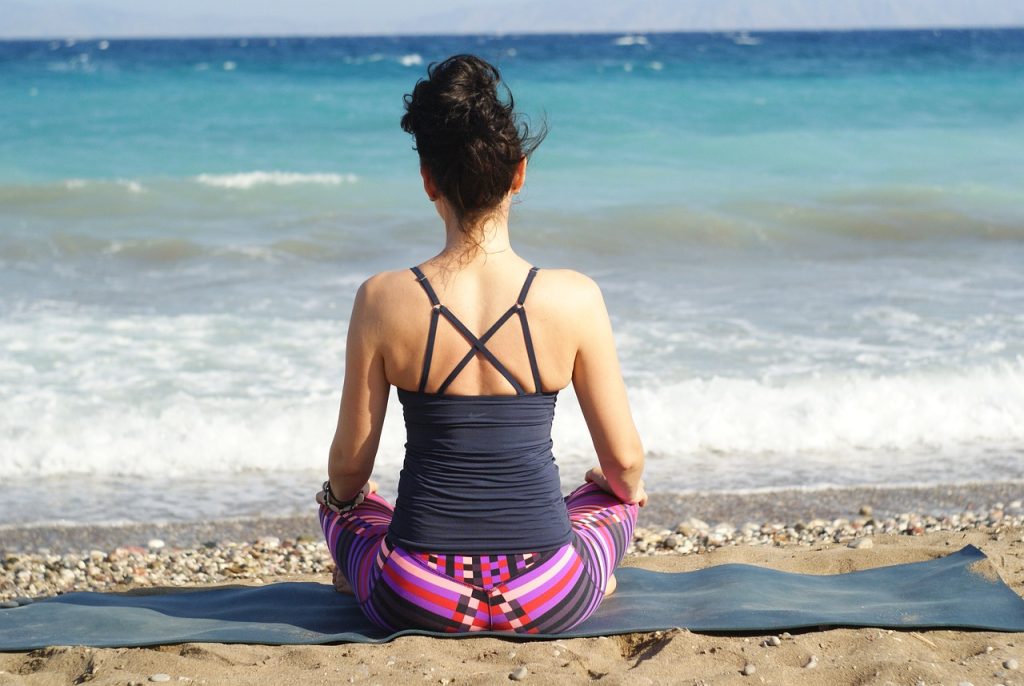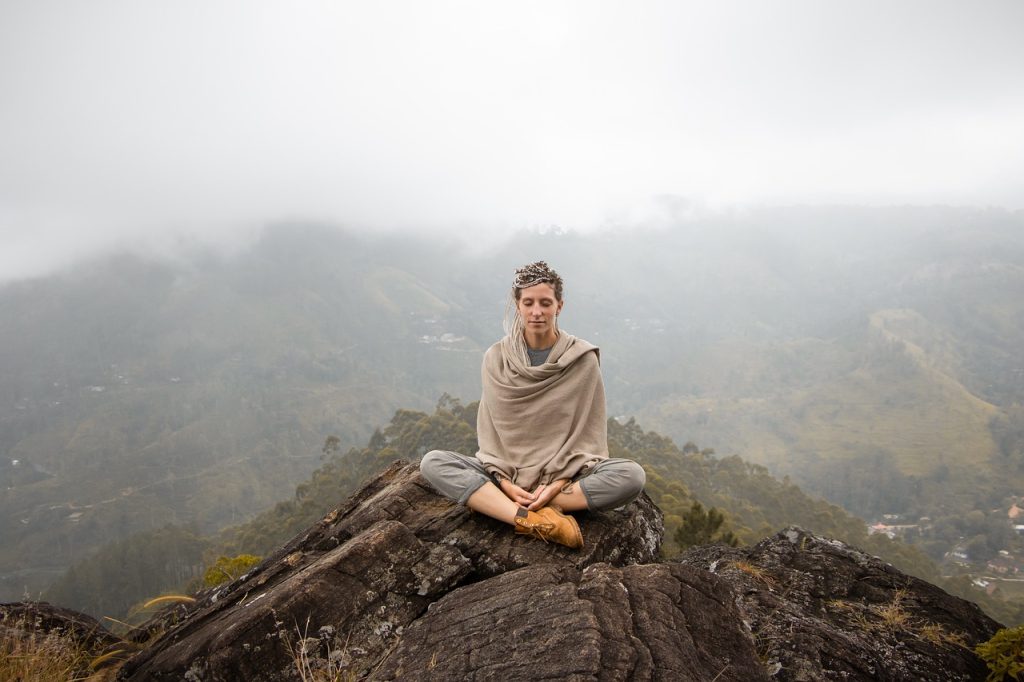Observing the Breath
Breathing has always held a significant place in meditation as it’s a phenomenon of life happening in real-time. Observing allows us to come back to the present moment, to feel alive. Continuously observing the breath can calm the mind. When our emotions are stirred, the breath serves as a refuge. Observing the breath helps us find a safe harbor in the storm.
Method:
You can observe the sensation of air entering or exiting the nostrils.
You can also observe the rise and fall of the abdomen.
Do not manipulate the breath; just observe its natural rhythm.

Sensing the Body
Meditation practice must be grounded in the sensations and experiences of the body. Sensing the body enhances our sensitivity. Furthermore, it reveals a crucial insight: bodily sensations drive our thoughts, speech, and actions. Feeling the world is unsafe stems from feeling unsafe within ourselves; this notion isn’t true.
Method:
Take moments throughout the day to sense your body.
Before bed or upon waking, gently connect with the sensations of your body.
Give space to all sensations, whether pleasant or uncomfortable.

Observing Thoughts
The most direct benefit of observing our thoughts is realizing that our thoughts are not equivalent to ourselves. Thoughts are just thoughts; they don’t constitute lasting unease. We cannot directly track our thoughts; we simply observe the breath and then notice when thoughts arise.


